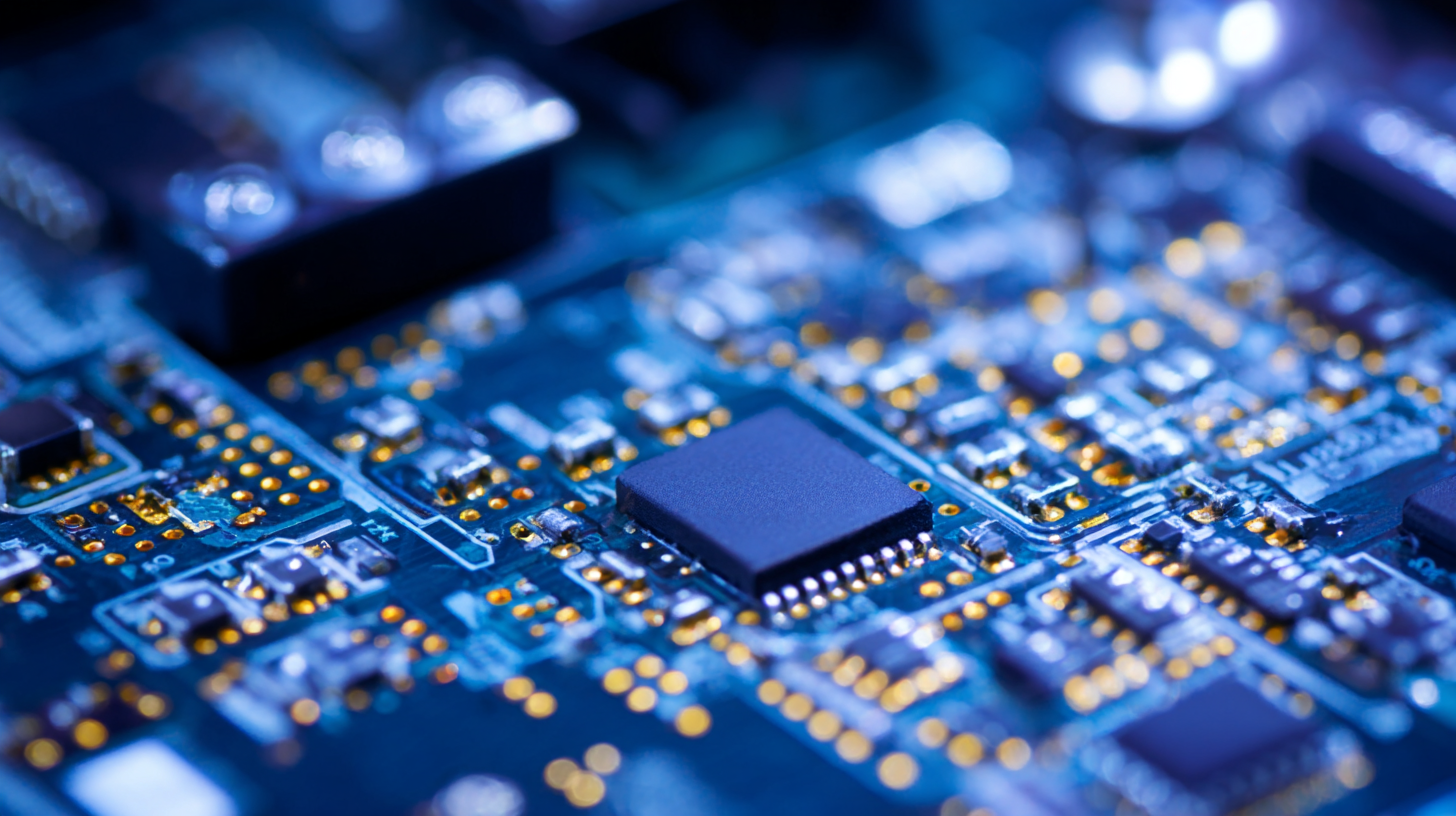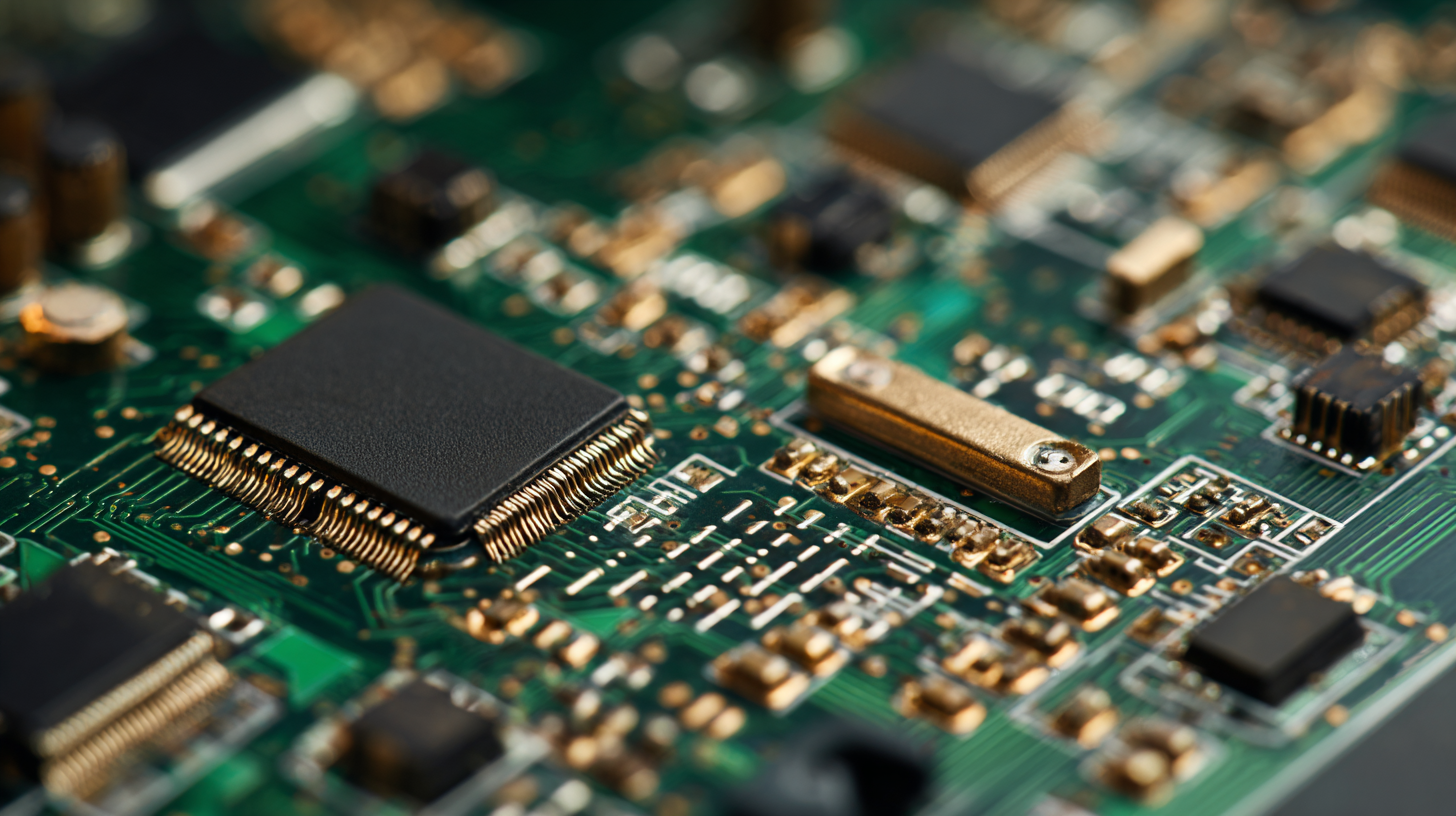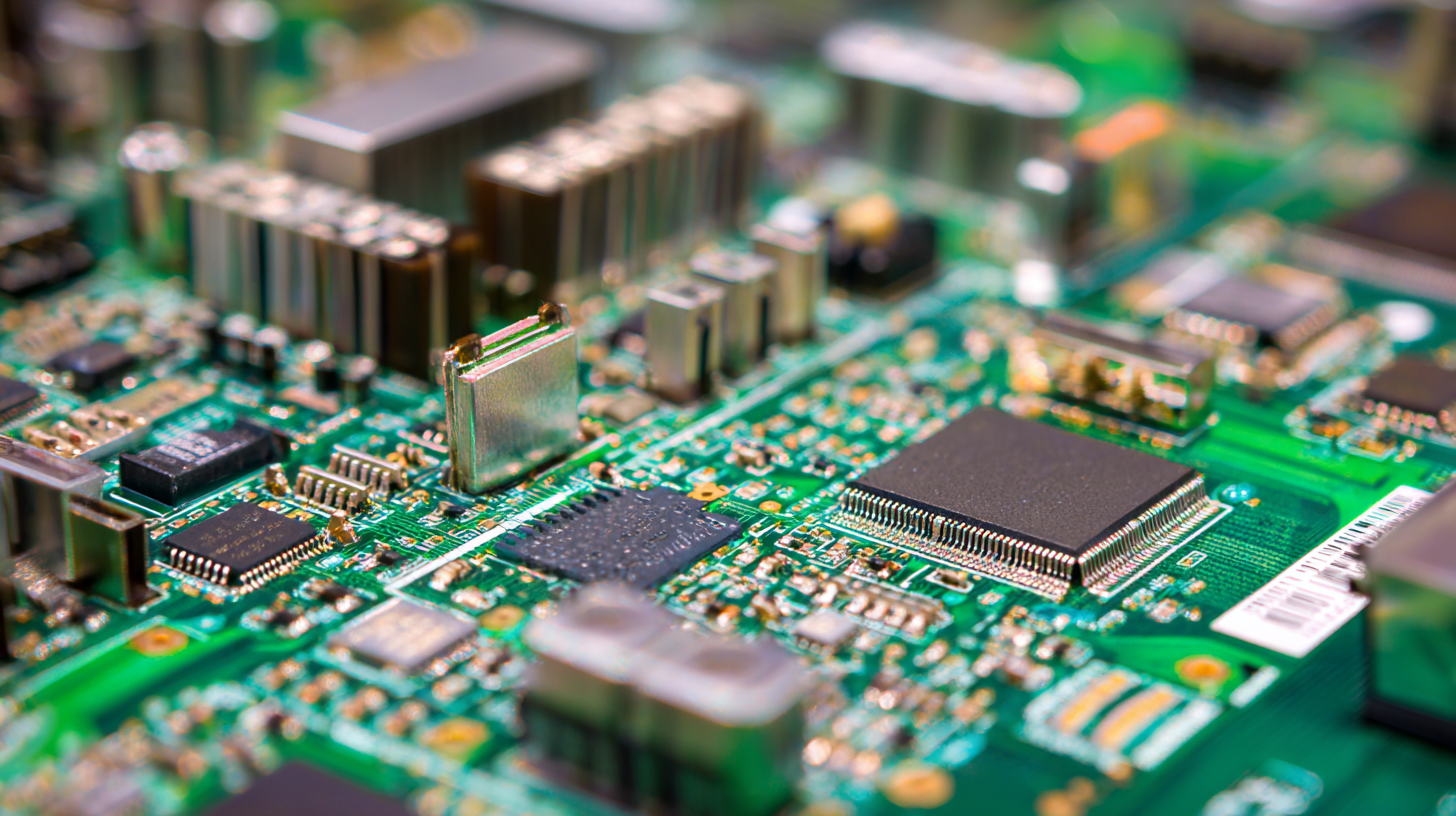Essential Tips for Identifying Top-Quality PCB Assembly Manufacturers
The global market for printed circuit board assembly (PCBA) is anticipated to reach $77 billion by 2027, driven by the increasing demand for electronics across various sectors, including automotive, telecommunications, and healthcare. As the complexity and miniaturization of electronic devices escalates, selecting the right PCB assembly manufacturer has become critical for businesses aiming to maintain competitive advantage and ensure product reliability. A study by Research and Markets indicated that over 70% of companies prioritize quality and reliability when choosing a PCBA partner, highlighting the need for stringent vetting processes.

In this blog, we will explore essential tips for identifying top-quality PCB assembly manufacturers that not only meet industry standards but also align with your specific project requirements, ensuring that your products stand out in today’s fast-evolving market.
Understanding Different Types of PCB Assemblies and Their Applications
When selecting a PCB assembly manufacturer, it's essential to understand the various types of PCB assemblies available and their specific applications. The primary types include single-sided, double-sided, and multi-layer PCBs. Single-sided PCBs are the simplest, featuring components on one side, making them ideal for low-cost, straightforward applications like consumer electronics. Double-sided assemblies allow components to be placed on both sides, which accommodates more complex designs common in communication devices and industrial equipment.
Another critical type is the multi-layer PCB, which consists of three or more layers of circuitry. These are essential in sophisticated applications such as medical devices, aerospace, and high-performance computing. Multi-layer PCBs enable higher component density and better performance while maintaining a compact footprint. When evaluating manufacturers, ensure they have experience in producing the specific type of PCB your project requires.
Tips for identifying a top-quality PCB assembly manufacturer include looking for industry certifications, examining their production capabilities, and seeking customer feedback. Manufacturers with ISO certifications typically adhere to high-quality standards, which is essential for reliability. Additionally, inquire about their prototype and testing services, as these are critical for ensuring your PCBs perform accurately before full-scale production.
Essential Tips for Identifying Top-Quality PCB Assembly Manufacturers - Understanding Different Types of PCB Assemblies and Their Applications
| PCB Assembly Type | Description | Common Applications | Key Considerations |
|---|---|---|---|
| Surface Mount Technology (SMT) | A method of mounting electronic components directly onto the surface of PCBs. | Consumer electronics, telecommunications, automotive. | Requires precision and clean processes to prevent contamination. |
| Through-Hole Technology (THT) | Involves inserting leads of components through holes drilled in the PCB. | Industrial equipment, power supplies, military applications. | More robust than SMT, but requires larger board space. |
| Mixed Technology Assembly | Combines both SMT and THT on the same board. | Complex devices requiring both types of components. | Design complexity and cost management are crucial. |
| Flexible PCB Assembly | PCBs made from flexible materials allowing for bending and shaping. | Wearable devices, medical equipment, drones. | Durability and flexibility of connections must be ensured. |
| Rigid-Flex PCB Assembly | Combines the features of rigid and flexible boards in one assembly. | Complex consumer electronics, aerospace, telecommunications. | Costly but saves space and enhances the functionality of designs. |
Key Characteristics of High-Quality PCB Assembly Manufacturers
When identifying top-quality PCB assembly manufacturers, it is essential to focus on key characteristics that distinguish the best in the field. A leading manufacturer should demonstrate advanced capabilities in automated processes, which enhance efficiency and precision in PCB production. For instance, the integration of sophisticated inspection equipment, akin to what is being employed in emerging factories, ensures that all components meet stringent quality standards. Such technology not only streamlines operations but also minimizes the risk of defects in the final product, making automation a critical factor for selection.
Moreover, a commitment to innovation through continuous investment in new technologies and methodologies sets top manufacturers apart. The ability to adapt to industry trends, such as the growing demands from sectors like automotive electronics, showcases a manufacturer’s foresight and willingness to maintain competitive advantages. Companies that incorporate technologies like machine vision can significantly improve their manufacturing quality and responsiveness to customer needs. This commitment to quality and adaptability is essential in ensuring that they remain relevant and capable of delivering outstanding PCB assembly services.
Essential Selection Criteria for PCB Assembly Partners
 When it comes to choosing a PCB assembly partner, establishing clear selection criteria is crucial for ensuring quality and reliability. One of the foremost considerations should be the manufacturer’s experience and expertise in the industry. It’s essential to review their track record with similar projects, as a seasoned manufacturer will have proven processes in place that contribute to overall product quality. Look for certifications such as ISO 9001, which indicate adherence to international quality management standards, thereby ensuring they meet rigorous manufacturing demands.
When it comes to choosing a PCB assembly partner, establishing clear selection criteria is crucial for ensuring quality and reliability. One of the foremost considerations should be the manufacturer’s experience and expertise in the industry. It’s essential to review their track record with similar projects, as a seasoned manufacturer will have proven processes in place that contribute to overall product quality. Look for certifications such as ISO 9001, which indicate adherence to international quality management standards, thereby ensuring they meet rigorous manufacturing demands.
Another vital criterion is technological capability. A top-quality manufacturer should employ advanced machinery and techniques to facilitate high-precision PCB assembly. Assessing their manufacturing capacity—including the ability to handle complex designs, variations in scale, and quick turnaround times—will help you gauge their compatibility with your project requirements. Additionally, effective communication is paramount; choosing a partner who prioritizes collaboration and transparency can enhance the overall production process, helping to preemptively address potential issues before they escalate. With these criteria in mind, you can confidently navigate the selection process and establish a fruitful partnership.
Common Mistakes to Avoid When Choosing PCB Assembly Services
When selecting PCB assembly services, avoiding common pitfalls is crucial to ensure you partner with a high-quality manufacturer. One significant mistake is overlooking the importance of experience and expertise in the specific type of PCB you need. Many companies focus solely on cost, but a manufacturer’s familiarity with your industry and technology can greatly influence the final product’s quality and reliability. Always inquire about their previous projects and client testimonials to gauge their capability.

Another common error is neglecting thorough communication. It's essential to clarify your requirements, timelines, and expectations upfront. A lack of clear dialogue can lead to misunderstandings, resulting in delays or products that do not meet specifications. Regular check-ins and a dedicated point of contact can facilitate smoother interactions and prevent potential issues down the line. Lastly, be wary of manufacturers that guarantee unrealistically short turnaround times. If a deal seems too good to be true, it often is—such haste may compromise quality or lead to rushed processes that sacrifice precision.
How to Evaluate the Manufacturing Capability of PCB Assemblers
When evaluating the manufacturing capability of PCB assemblers, the first step is to assess their technological capabilities. It's essential to inquire about the types of machinery they use and whether they employ automated processes or manual assembly. High-quality PCB assembly manufacturers typically use state-of-the-art equipment that enhances precision and efficiency. Look for assemblers who continually invest in their technology, as this often indicates a commitment to maintaining high standards and staying ahead of industry trends.
Another crucial aspect to consider is the assembler's capability in handling different project complexities. Inquire about their experience with various types of PCBs, such as multilayer boards or prototypes, as these require different skill sets and tools. A reliable manufacturer should demonstrate versatility in their production processes, being able to adapt to unique specifications and challenges that come with individual projects. Additionally, reviewing customer testimonials and case studies can provide insight into their past performance and reliability, helping you make a well-informed decision.
